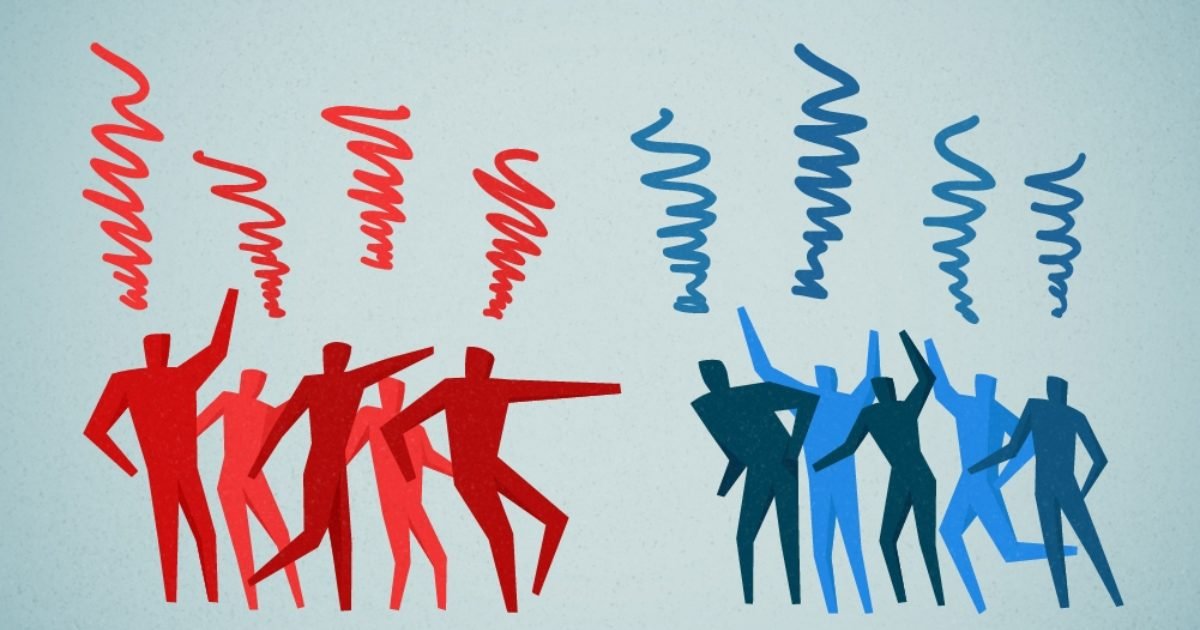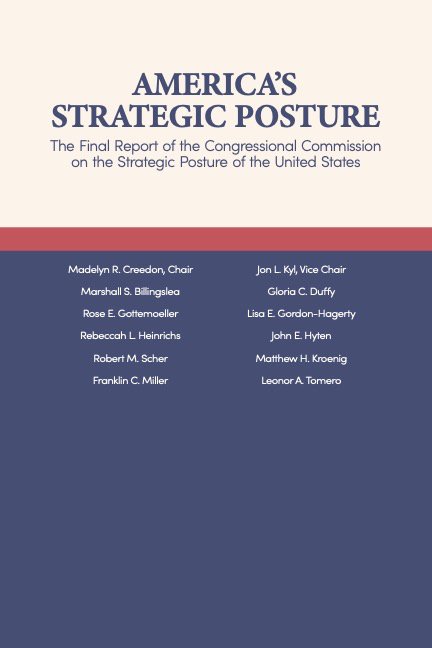By Lorenzo Vidino
The Muslim Brotherhood in Europe is a controversial topic, frequently subjected to misinterpretations and manipulations. Opinions on it vary from those who argue that it does not exist and that it is bigoted and conspiratorial thinking to argue otherwise, to those who claim that it does and it is, in substance, similar to groups like al Qaeda or the Islamic State; from those who believe that it is a force that has evolved over time and now embraces democracy and the positive integration of Muslims in European society, to those who argue that it is a complex movement that, while showing a moderate façade, is in reality engaged in non-violent but nonetheless highly problematic activities (a position held by this author).
Much of the confusion stems from the opaque and secretive nature of the Brotherhood and, consequently, the difficulty of obtaining clear and unequivocal information. As the Brotherhood was founded and operates mostly in Middle Eastern countries where local regimes have enacted various forms of repression against it, the movement has always seen dissimulation of many aspects of its structure and goals as a necessary tactic to survive. Organizations belonging to the Brotherhood’s family in the Arab world have therefore gone to great lengths to hide various aspects of their inner workings. It is a tactic that, given the context, is understandable and has ensured the movement’s survival in tough political environments for almost a century.
Somewhat counterintuitively, the secrecy that shrouds Brotherhood networks is somewhat greater in the West, where the Brotherhood is not considered a terrorist organization and can generally operate freely within a democratic framework. Brotherhood branches in the Middle East, as said, have historically kept secret many aspects of their activities, but they have never denied their own existence. That denial is common in the West where most Brotherhood-linked activists and organizations not only shroud in secrecy their inner workings but even refuse to admit any Brotherhood connection. Brotherhood activists and sympathizers also tend to attack those who highlight the existence of Brotherhood-linked networks in Europe and their problematic nature with charges of shoddy research, conspiratorial views, and bigotry.
Given these dynamics, it is important to observe what entities across Europe, whose institutional mandate is to monitor potential threats to their countries, think about the movement, from its very existence to its tactics and goals. The Brotherhood is not designated as a terrorist organization by the European Union or by any individual European country. At the same time, however, the security services of virtually all European countries have long monitored the movement---a fact that is per se telling.
European security services have kept the movement under watch with different degrees of intensity. Those that have a broad institutional mandate that leads them to monitor all potential threats to their countries’ democratic and constitutional order, like Germany’s Office for the Protection of the Constitution (Verfassungsschutz, both at the federal level and in all 16 German states), have done so more extensively than some of their counterparts throughout Europe whose mandate is narrower and law enforcement-like. And in each country the degree of scrutiny of the Brotherhood varies with time, depending on factors such as the existence of more immediate security threats or input from political decisionmakers.
Yet, without exception, all European security services adopt a highly negative view of the Muslim Brotherhood on the Continent. All European security services which have publicly expressed views on the Muslim Brotherhood in Europe over the last twenty years have clearly and consistently stated that:
An extensive and sophisticated network linked to the Brotherhood operates covertly in Europe, both at the national and pan-European level (through its umbrella organization, FIOE/CEM, and spinoffs like FEMYSO);
European-based Brotherhood-linked activists have created front organizations that allow them to operate within society and advance their agenda without being easily recognizable as being part of the Brotherhood; and
Brotherhood networks in Europe are not engaged in terrorism but have views and goals that are problematic, subversive, undemocratic, and incompatible with basic human rights and Western society.
These views have been expressed in various terms by European security services, and some have reached more pessimistic conclusions than others. But all those that have gone on the record over the last two decades about the movement have been extremely negative and concerned about its impact on European society.
This short report has collected all publicly available statements from annual and occasional reports, testimonies in parliamentary hearings, and formal statements in court cases from the various European security services that have addressed the issue of the Muslim Brotherhood in Europe. They include all the statements the author could find, with no selections or omissions, save for repetitions (as in the case of annual reports from German security services, which in substance repeat what was reported in previous years). All documents are publicly available and unclassified. All are herewith reported with references (so that the reader can read the context) and without commentary. The report does not include media interviews by representatives of security services, as they do not constitute a direct representation of their views and manipulation/misinterpretations might have occurred.
The assessments here reported come from the security services of Austria, Belgium, France, Germany, the Netherlands, Spain and Sweden. The author is not aware of any security service from any other European country having gone on the record on the matter. The main reason for this is arguably the varying levels of comfort of different security services when it comes to going on the record on any matter unless strictly necessary. In general, for example, the security services of most Southern and Eastern European countries are culturally less prone to revealing much of their views on any matter than their Central and Northern European counterparts. Moreover, issues related to Islamism in general and the Muslim Brotherhood in particular do not constitute a major issues in Eastern European countries, given their small Muslim population.
In substance, the security services of basically all the largest Western European countries (with the notable exception of Italy) have gone on the records expressing very negative views on the Muslim Brotherhood. The author is not aware of any European security service having stated anything that even slightly contradicts the assessments on the Brotherhood made by the services of the seven countries here mentioned. To the contrary, interviews conducted by the author with most European security services over the last twenty years confirm that even those that have not gone on the record (Italian security services, for example) adopt extremely negative views of the Brotherhood, in line with those that do appear on record.
The inevitable conclusion of this reading is that the European security community has reached a firm consensus over the presence, structure, tactics, aims, and ultimately, problematic nature of the Muslim Brotherhood in Europe. That consensus has been consistent over the last twenty years and has no known deviations, and this consensus should be the basis for well-informed policymaking on the subject.
Washington, DC: George Washington University, Program on Extremism, 2023. 20p.





















